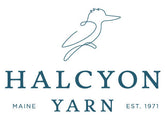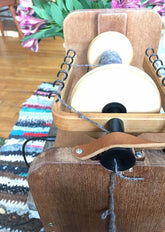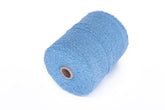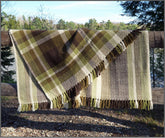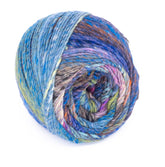In the Loop
New Weaving Project: Classic Linen Dishcloths w...
When it comes to weaving we love making things for the kitchen, and our new linen dishcloth project is as easy as it is useful.
Welcome to the new HALCYONYARN.COM!
We've launched our new website and we’re excited to offer you a great online experience. Please be patient while we find the ‘bugs’ and get our bearings! Read on for...
E-Spinners: Giving electric wheels a spin
Although they’ve been around for some time, electric spinning wheels (or e-spinners) have been rapidly gaining popularity in the spinning world. I decided to find out why – and here’s...
New Organic Cotton to kick off summer!
The arrival of summer makes a lot of us look to cotton for new projects and inspiration - we've got just the thing! Blue Sky Fiber's worsted weight Organic Cotton...
New! Cotton Bouclé Yarn
A favorite for weavers, Cotton Boucle by Maurice Brassard is now available in 36 colors. On its own or combined with 8/2 Homestead Cotton or Cottolin, you’ll want to...
Norumbega Maine-Spun Wool Yarn
The joy of going ‘up to camp,’ the warmth of a crackling fire, plus durability and designs that will bring coziness to the whole family for years to come –...
Local Yarn Store Day 2022!
This promotion has ended. Thank you all so much for making Halcyon Yarn part of your “local shopping” wherever you shop from! Whether you’re around the corner, or...
Colorful Finds for Winter!
This time of year our craving for rich warm colors goes into high gear, thankfully we’ve got just what you need to brighten the days! Jump into a few of...
Halcyon Yarn Guild Rewards Program
Guild Rewards Program – up to 5% back annually for your guild! When placing orders at Halcyon Yarn (which we hope you’ll do often!) individual members of an enrolled guild...
Making Yarn From Old Clothing – Crocheted Rag R...
Like many other people who inhabit the fiber arts world, I am a craft supply hoarder. I don’t seek out useful things such as glitter glue and puff paint,...
Knitting with Cotton
While it's always useful year-round, cotton's true time to shine is in the warmer seasons. This marvelous fiber is no stranger to knitting, but cotton does behave a little differently...
Weaving in your ends – Stockinette stitch tutorial
Weaving In Your Ends… Although we often try to avoid it, knitters will inevitably have some loose ends to weave in when completing a project. Like with everything in the...


